
 0 saved
0 saved
 24.5K views
24.5K views








“Have no fear of perfection – you’ll never reach it.” – Salvador Dali.
Let's be brutally honest, perfectionism is a potential black hole that will suck in your time, happiness and sanity. But wait, we hear you yell, can't it be useful? Well, we'd argue that there are times when striving for excellence or high standards can return amazing results, but such opportunities need to be selected intentionally, they are not the default.
It's a fine line, but you likely know if you have perfectionist tendencies rather than just being that person who can strategically strive for excellence. One of the key differentiators is that perfectionists will be lost in the search for the perfect, rather than actually delivering on something useful or of value. Perfectionism actually becomes a blocker to success, not a driver to improve in such situations. More than a blocker, it can make your life miserable.
So, if you're here for perfectionist tendencies, please dive into these models and frameworks we've curated to help you make the shift.
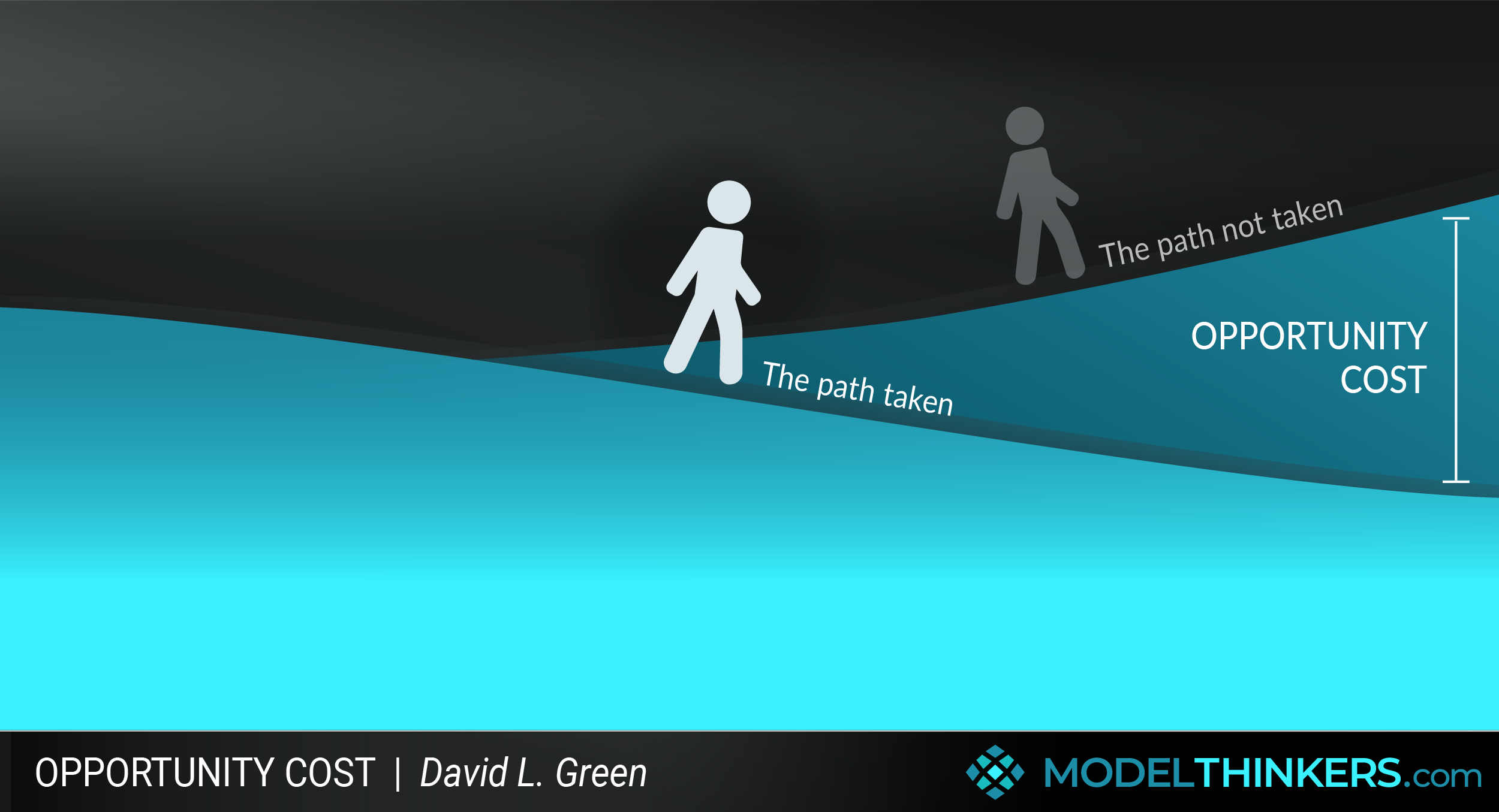

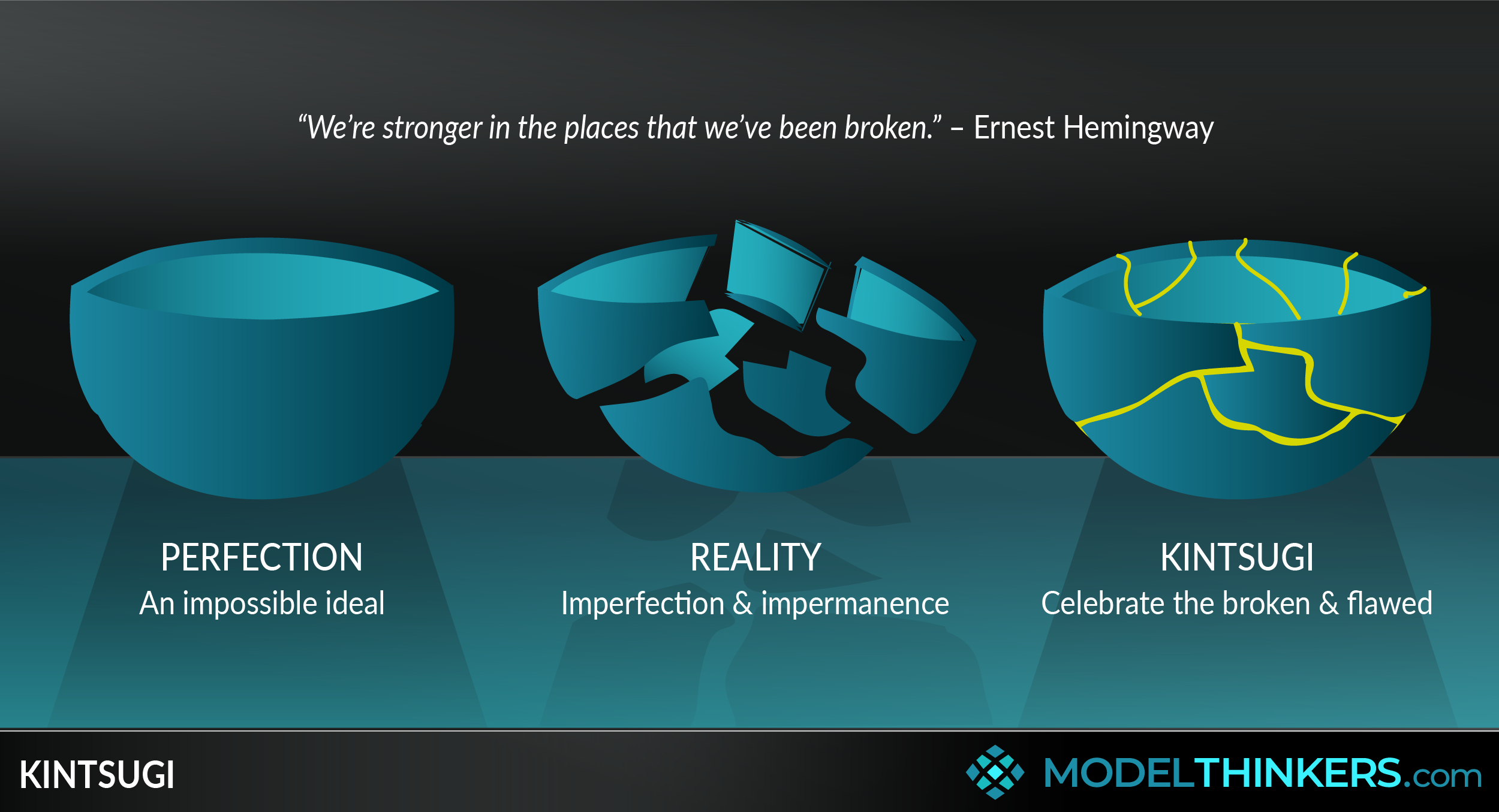
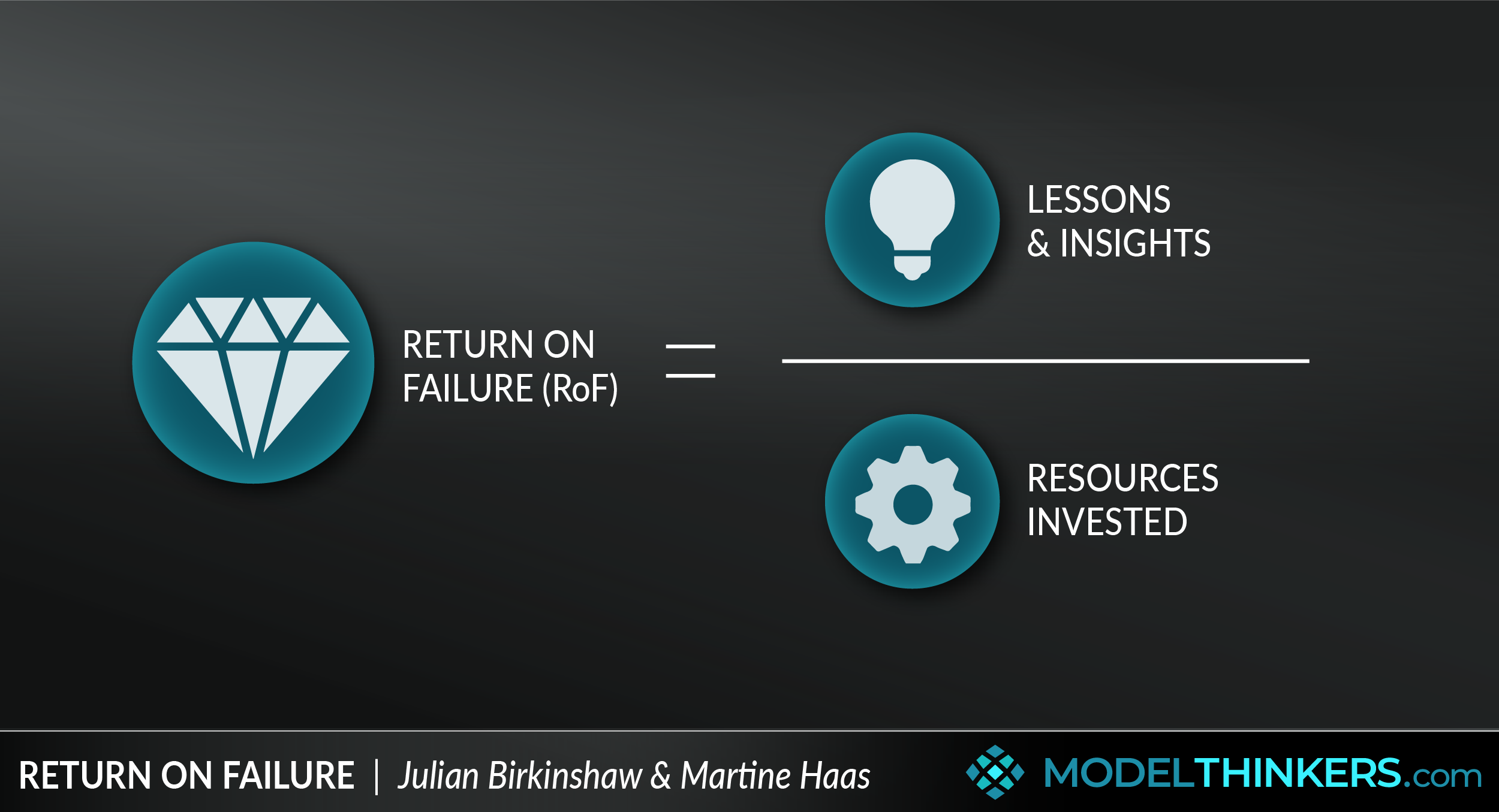
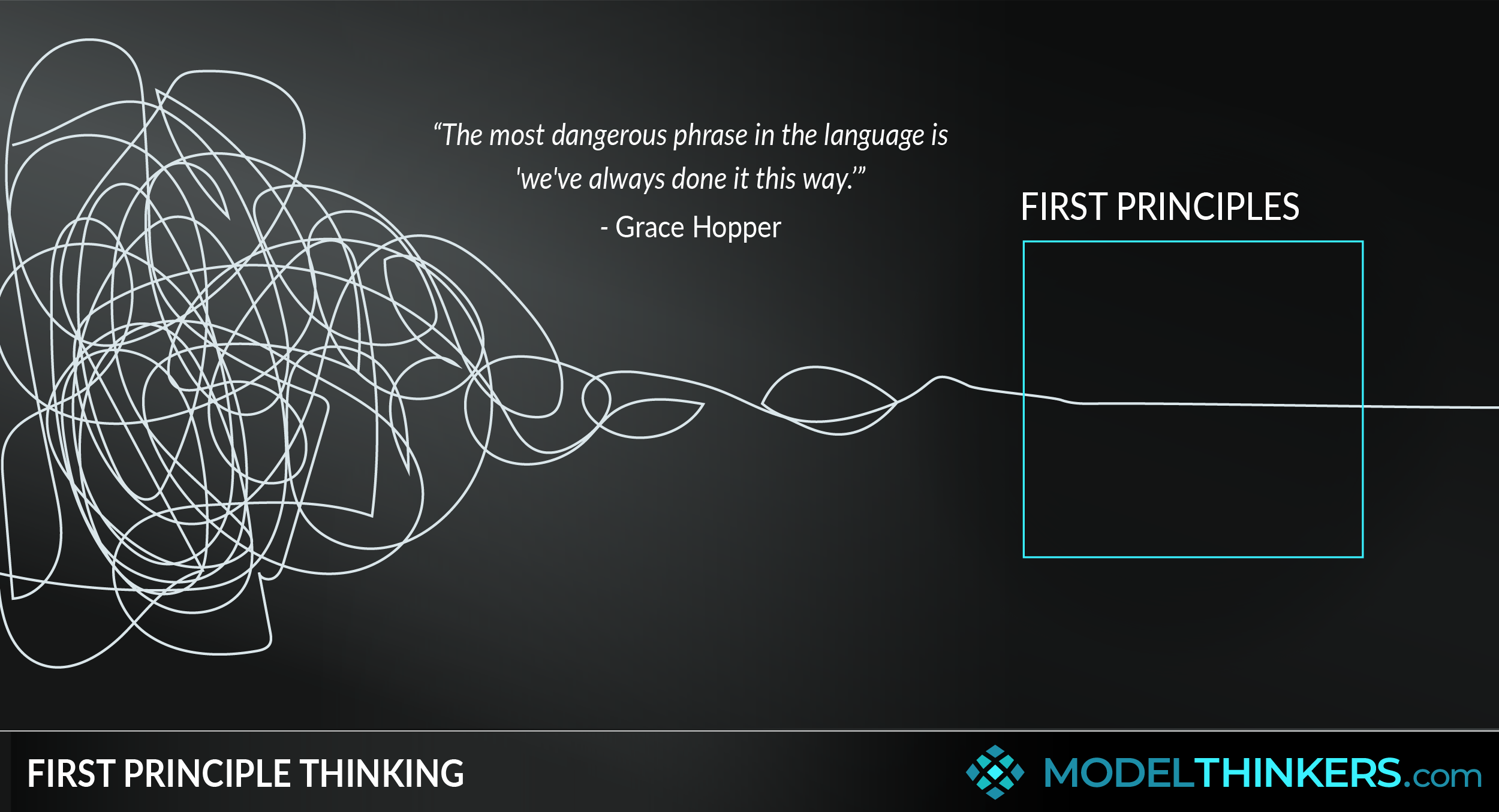
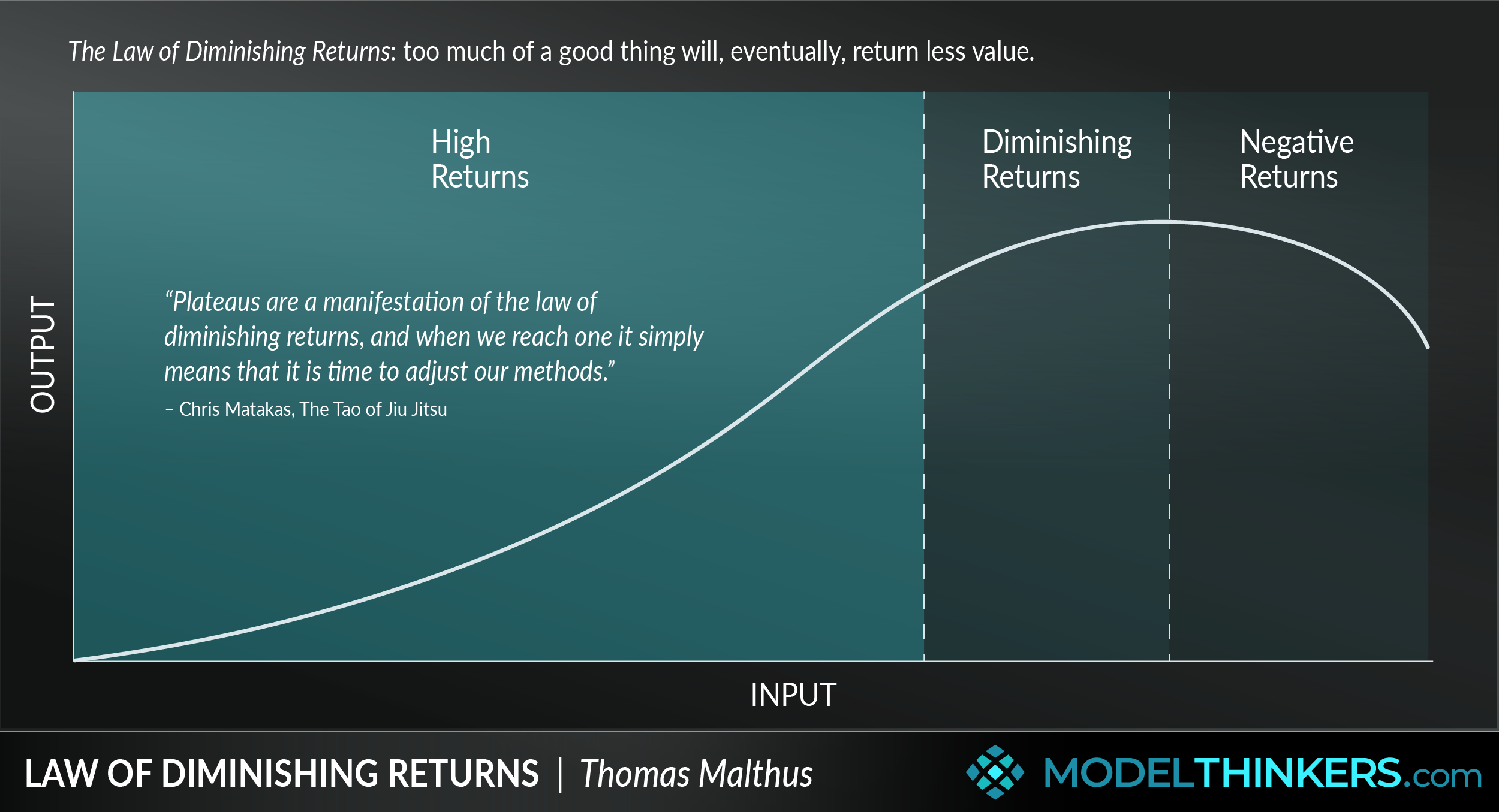

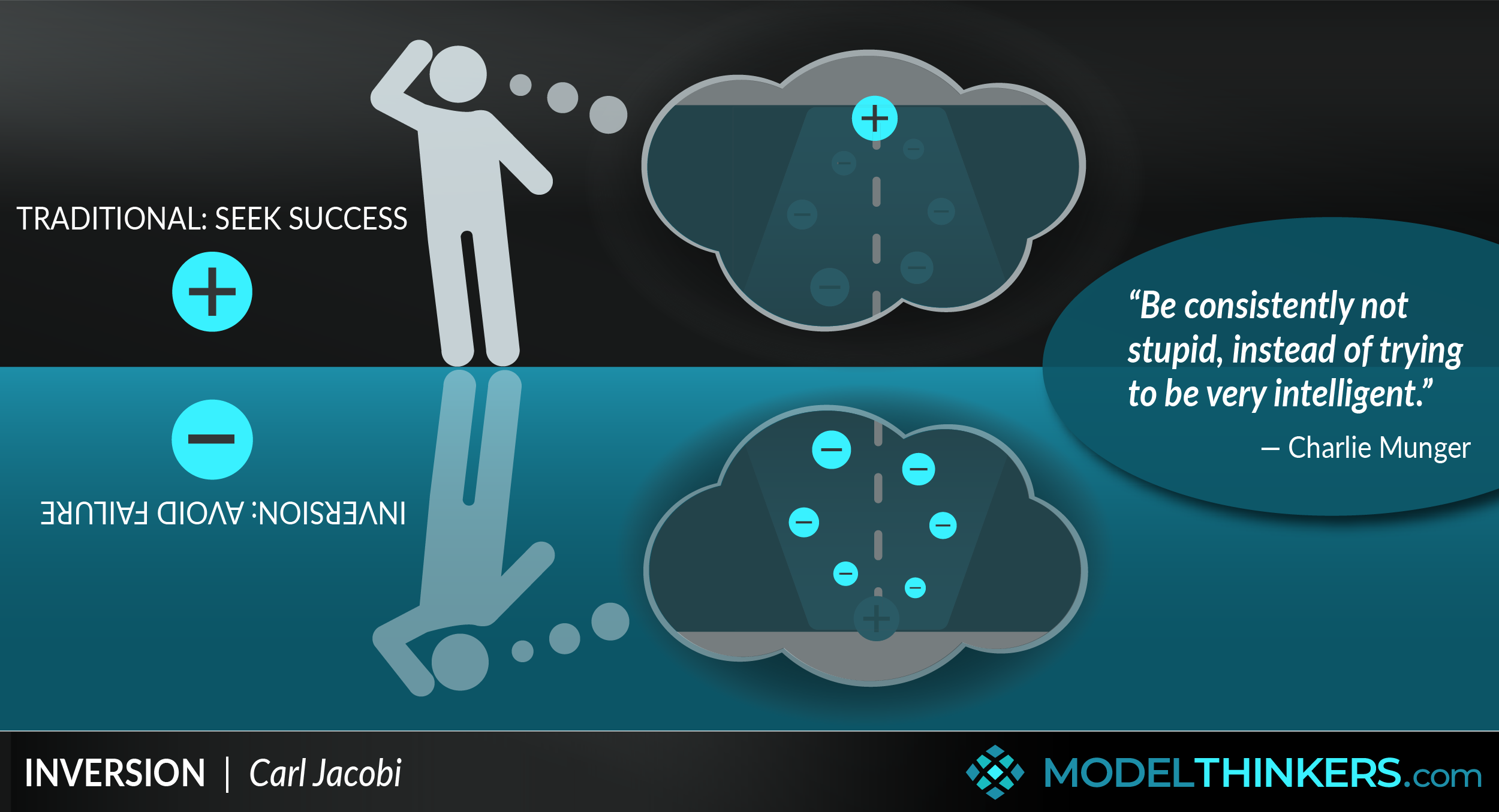
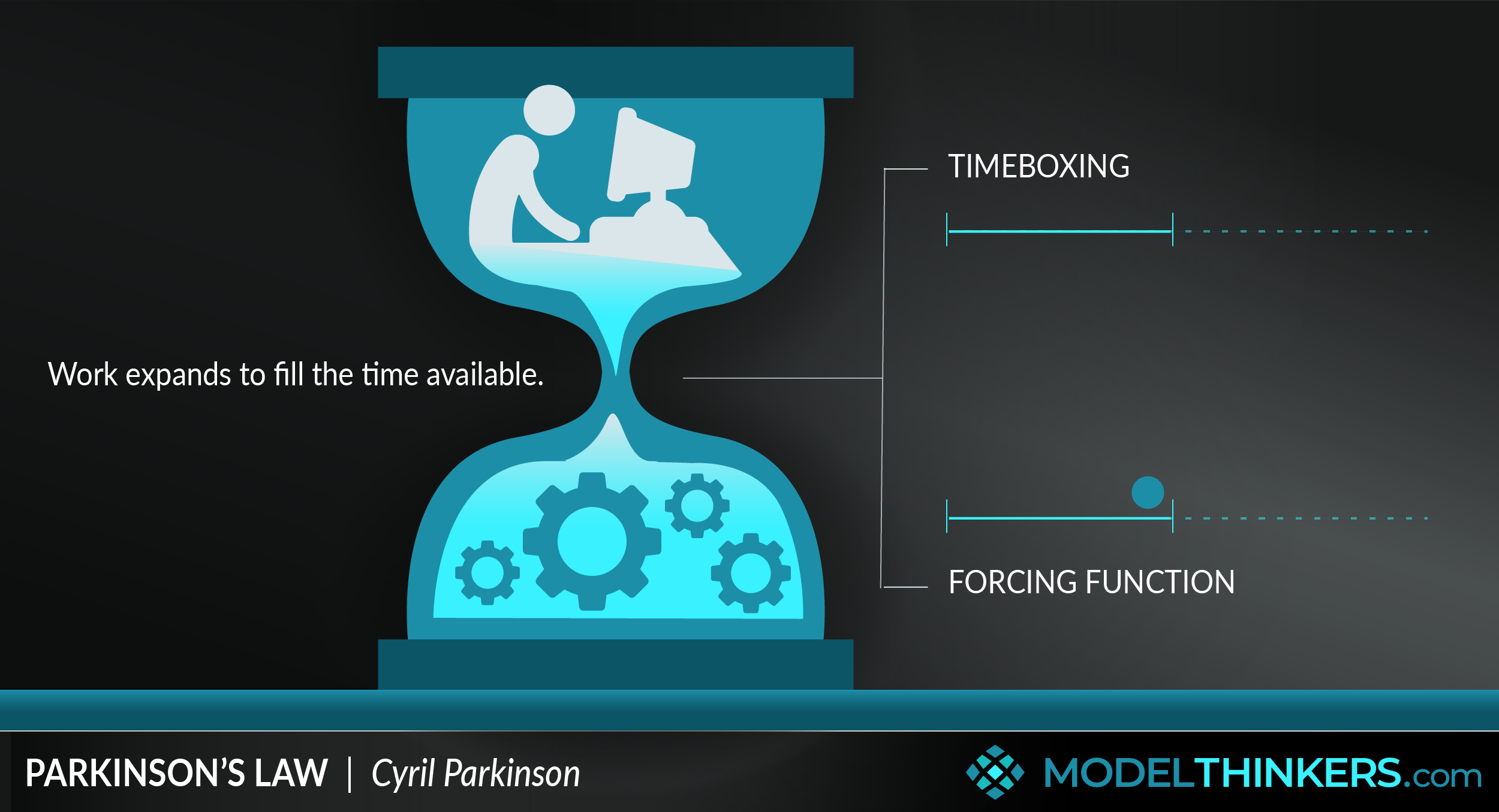
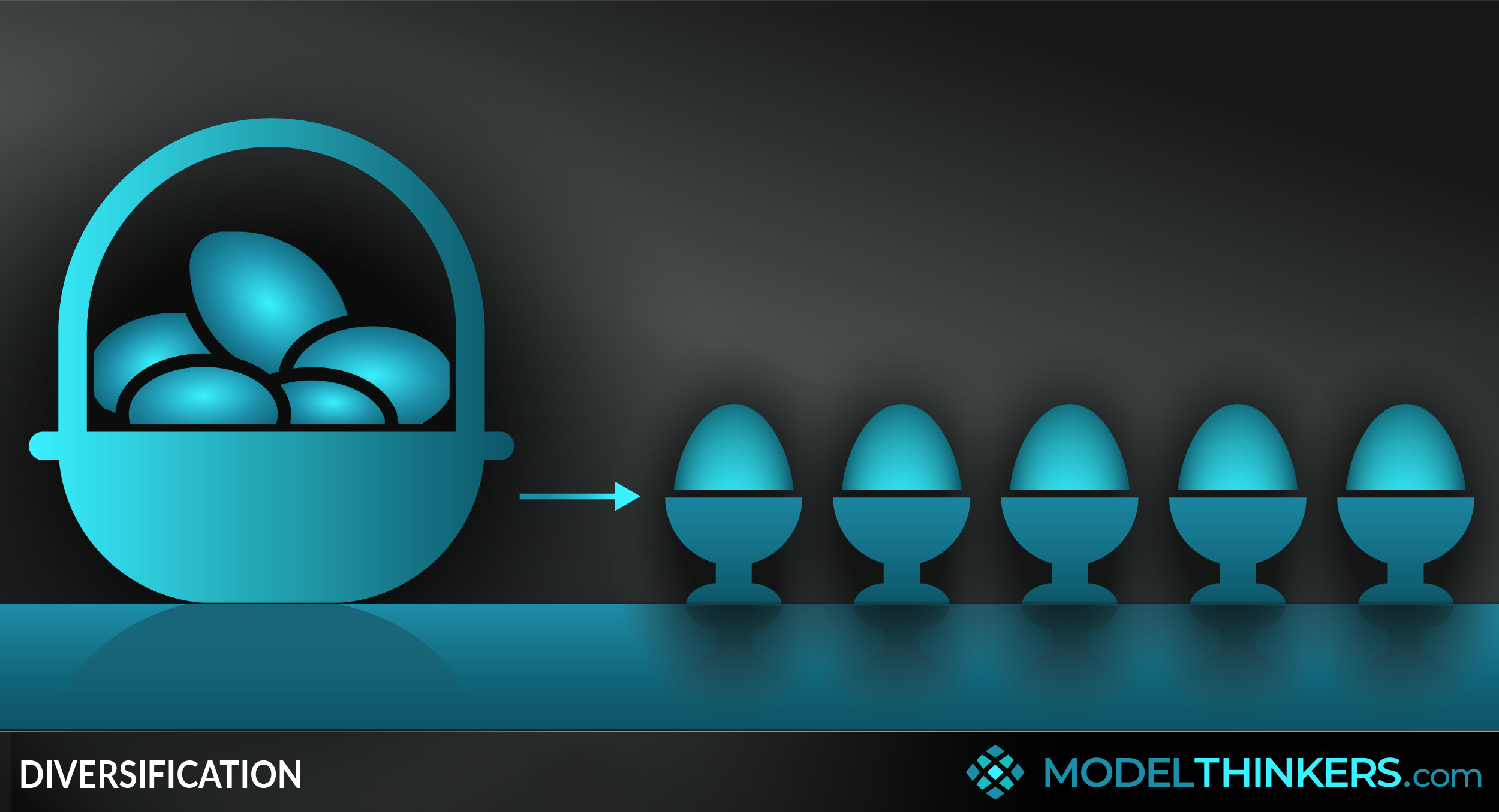

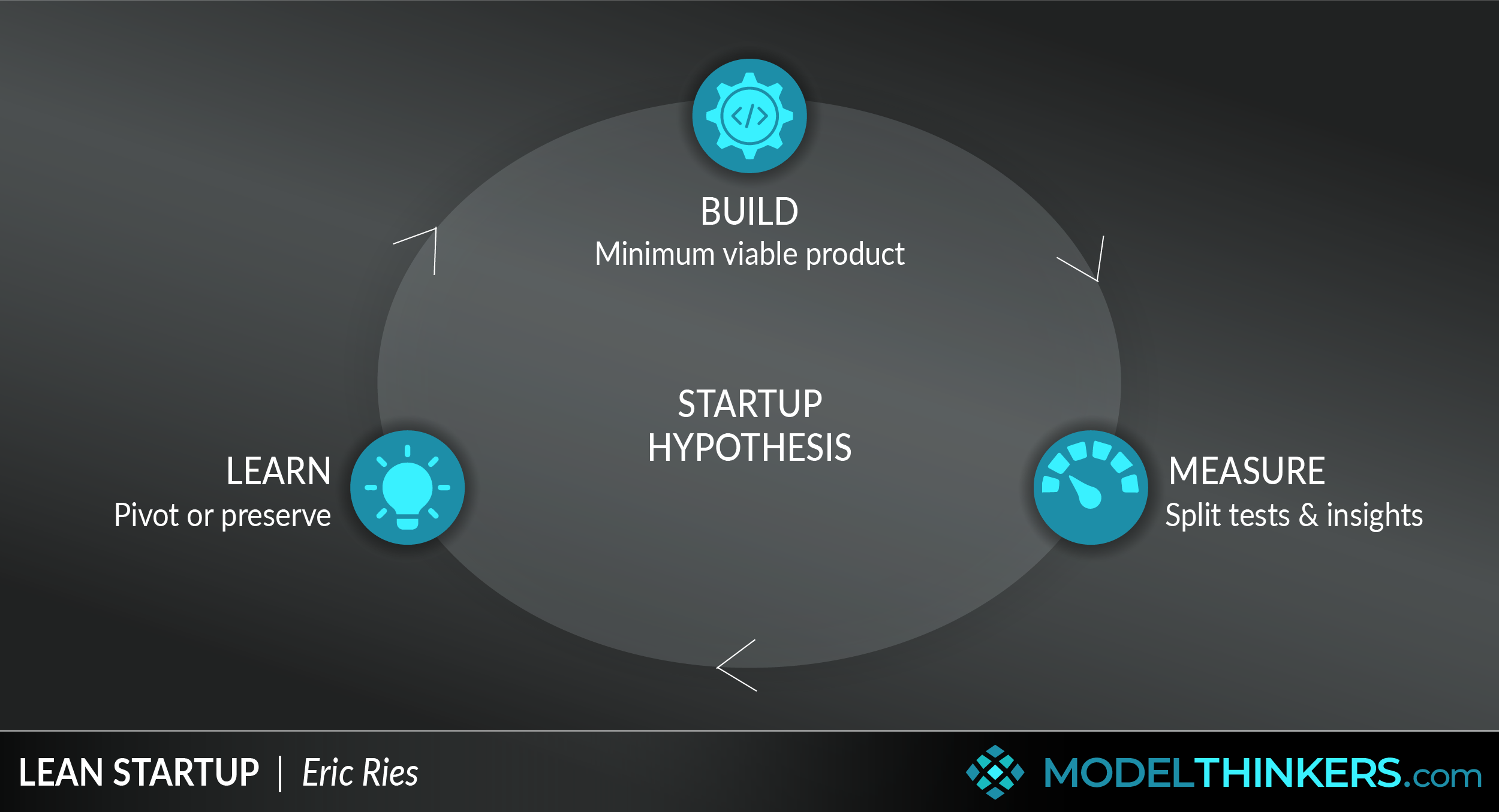

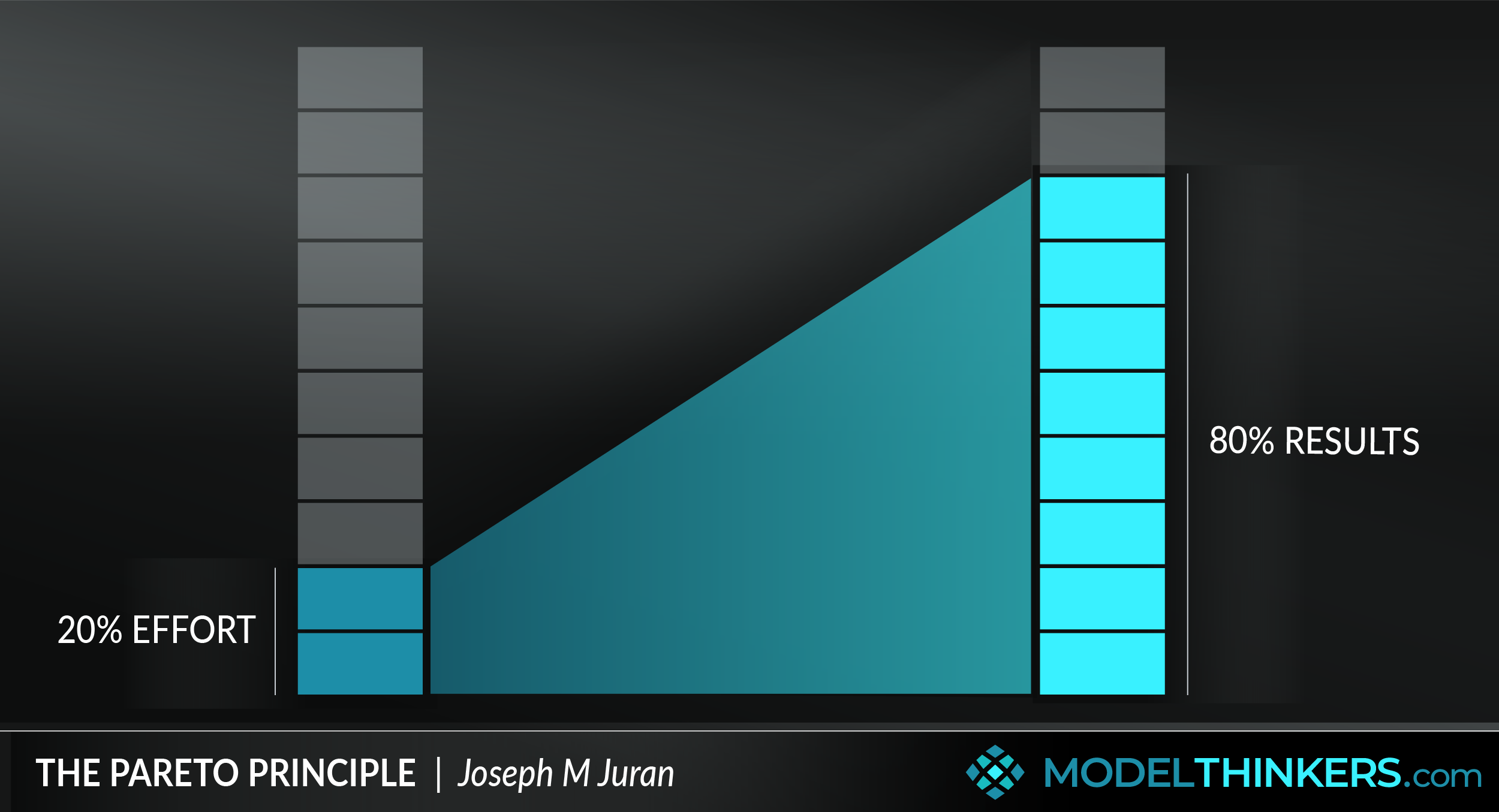
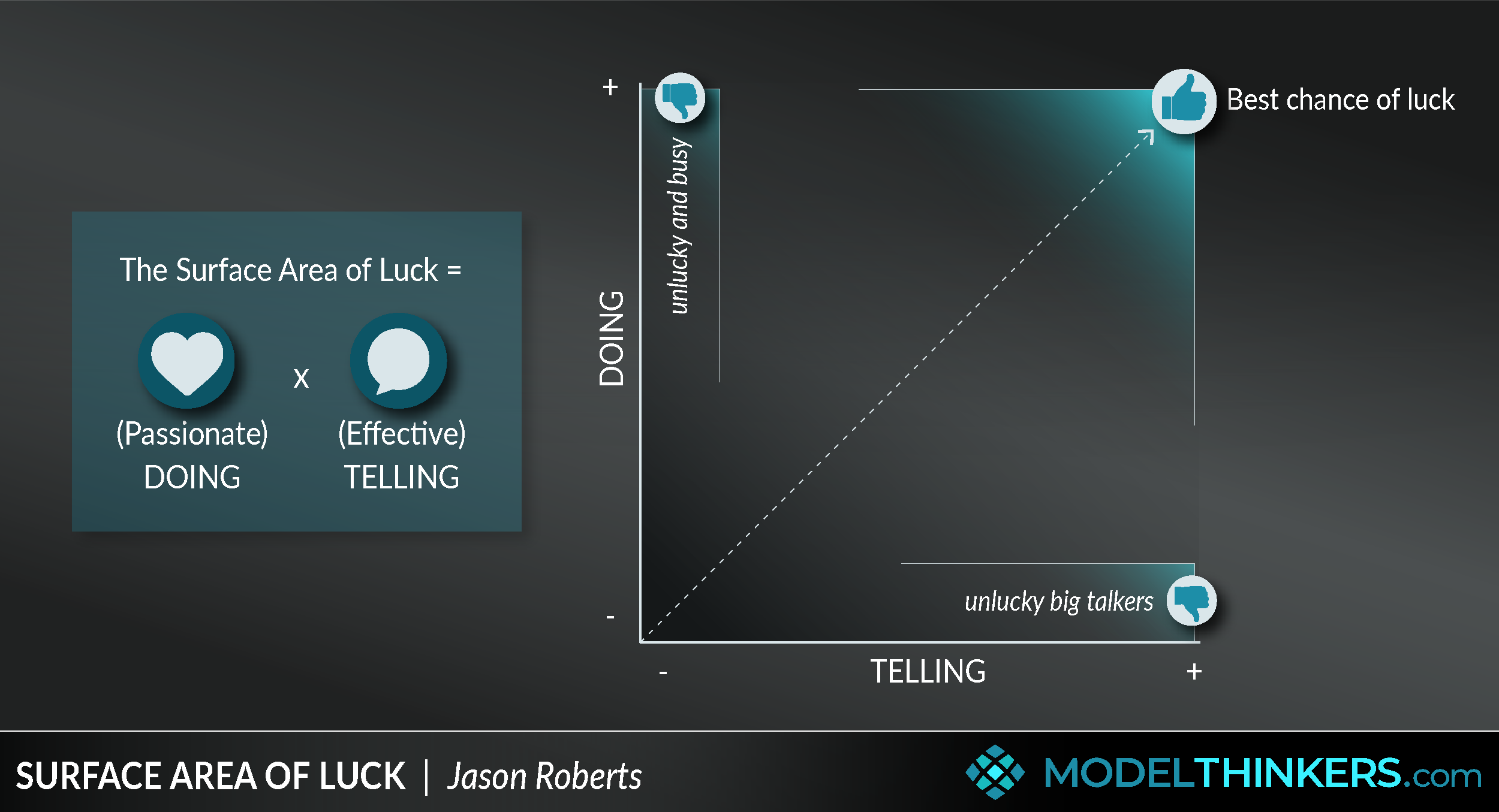
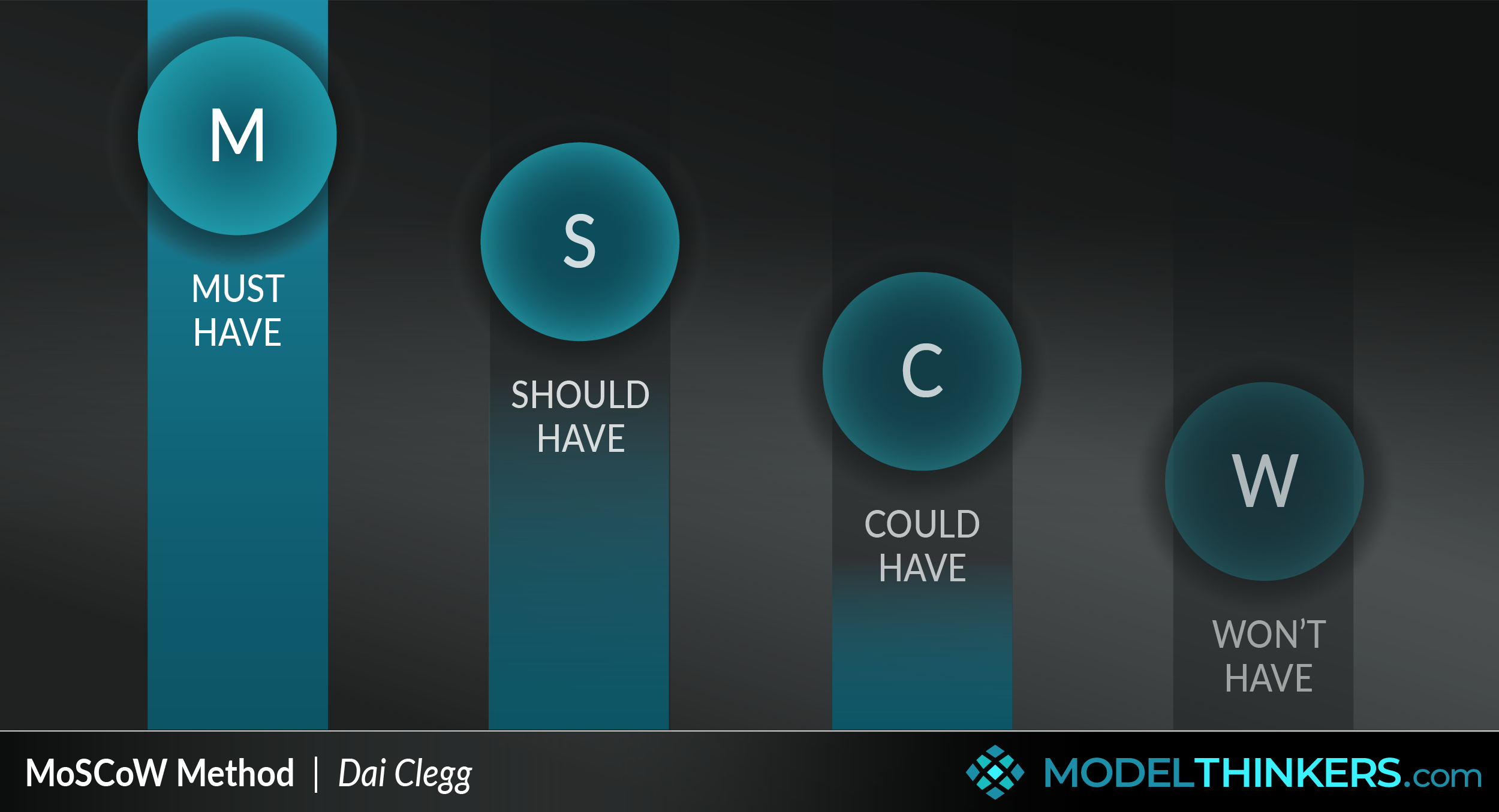

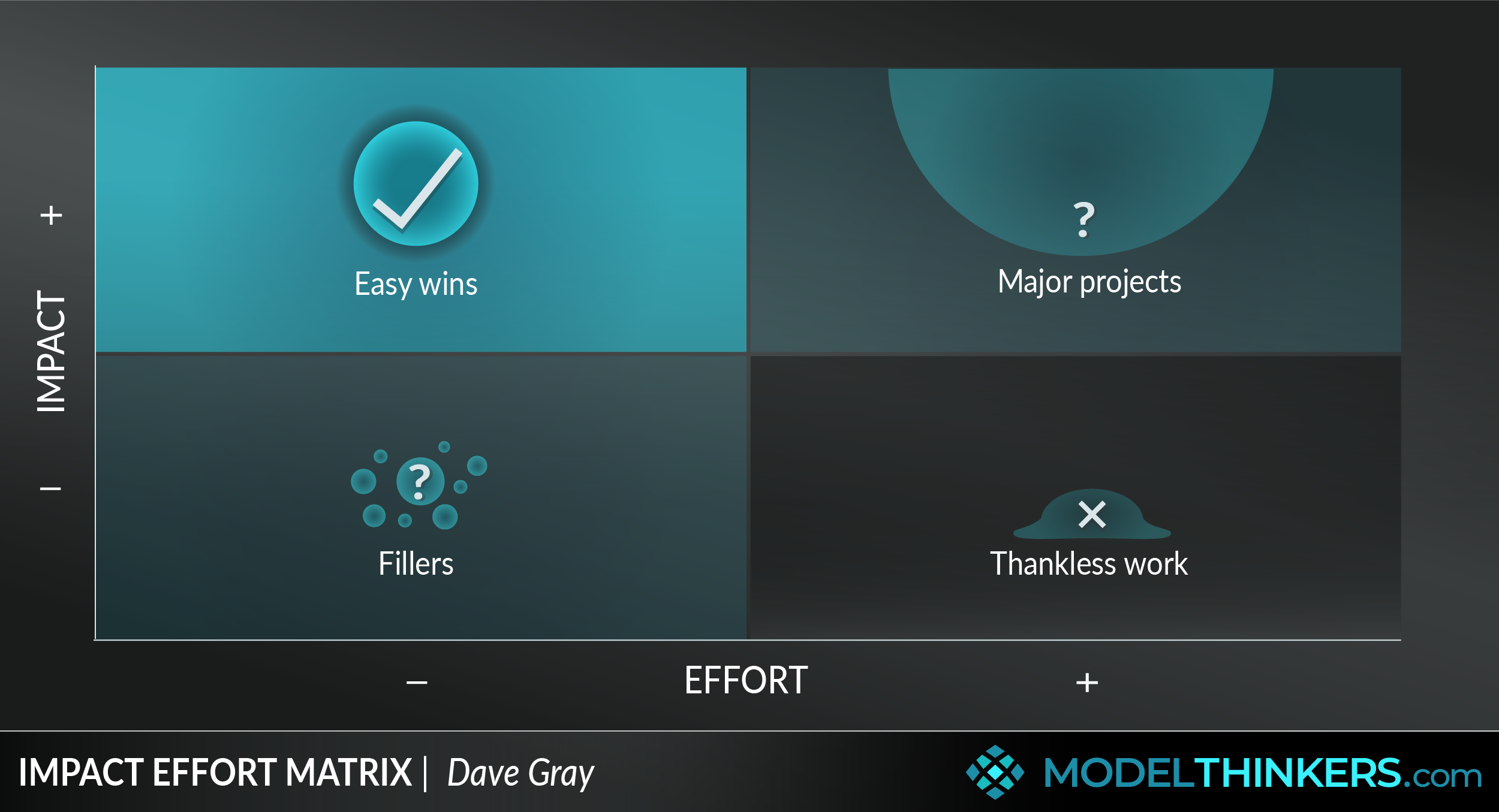
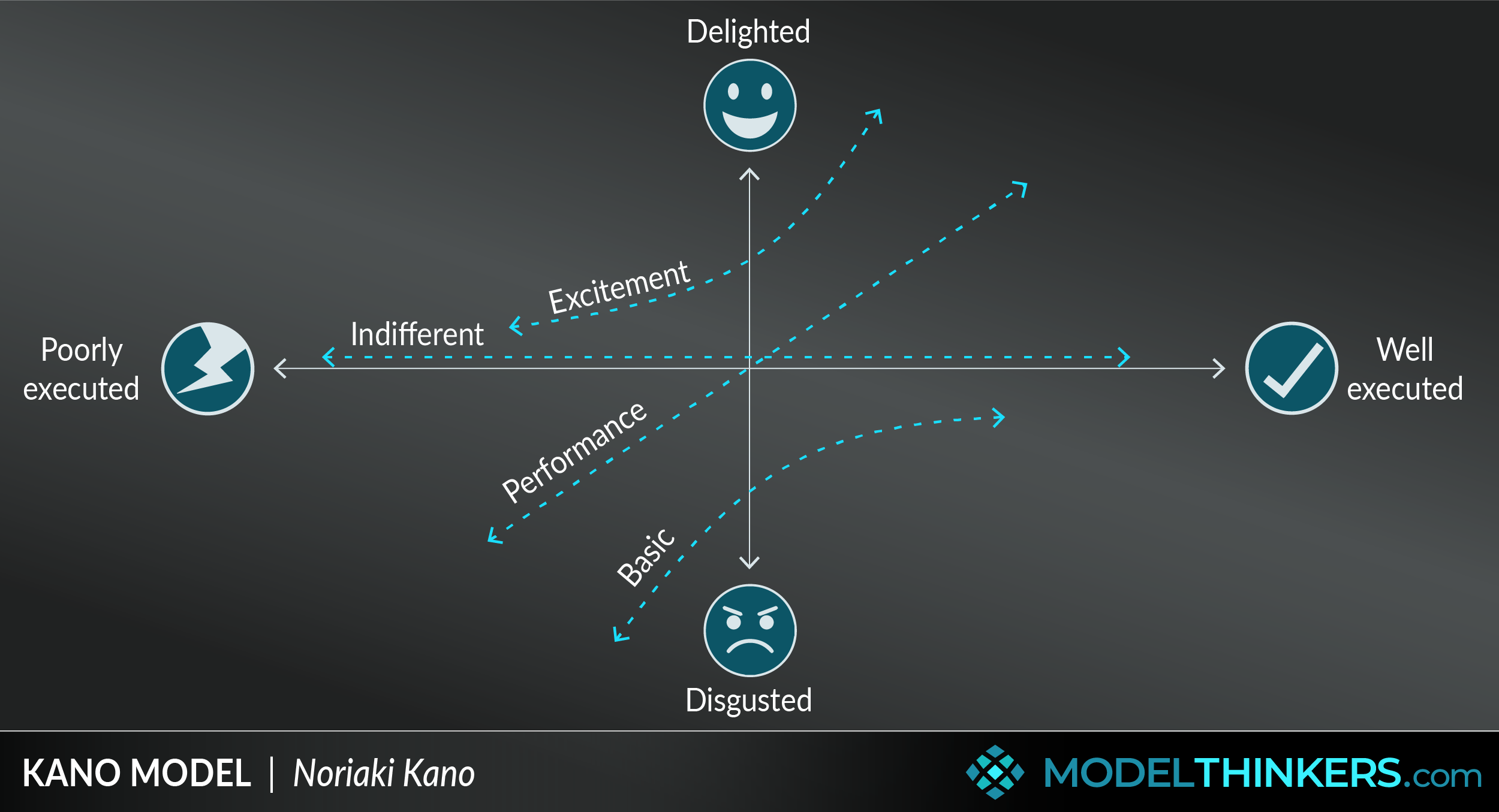


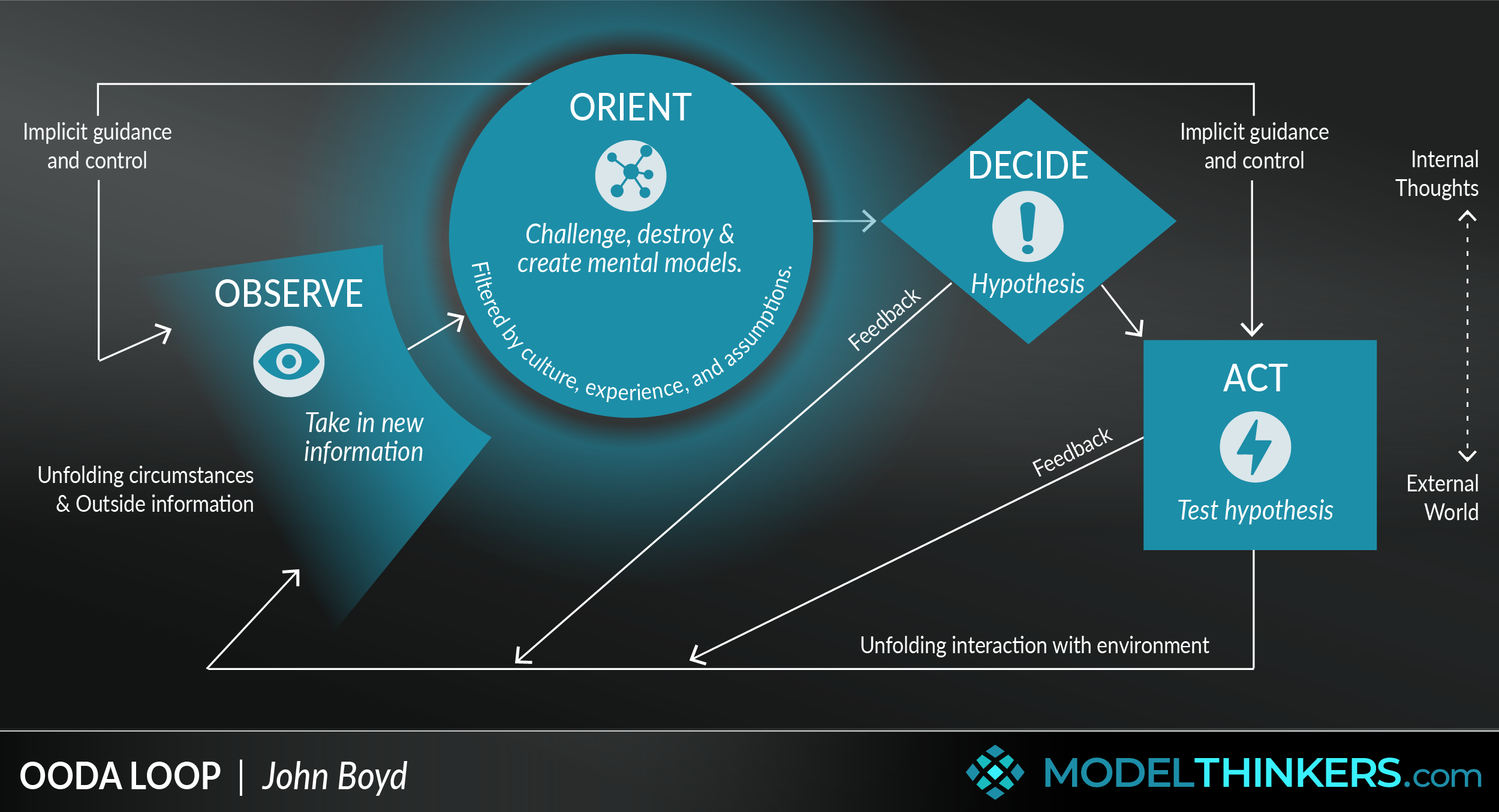
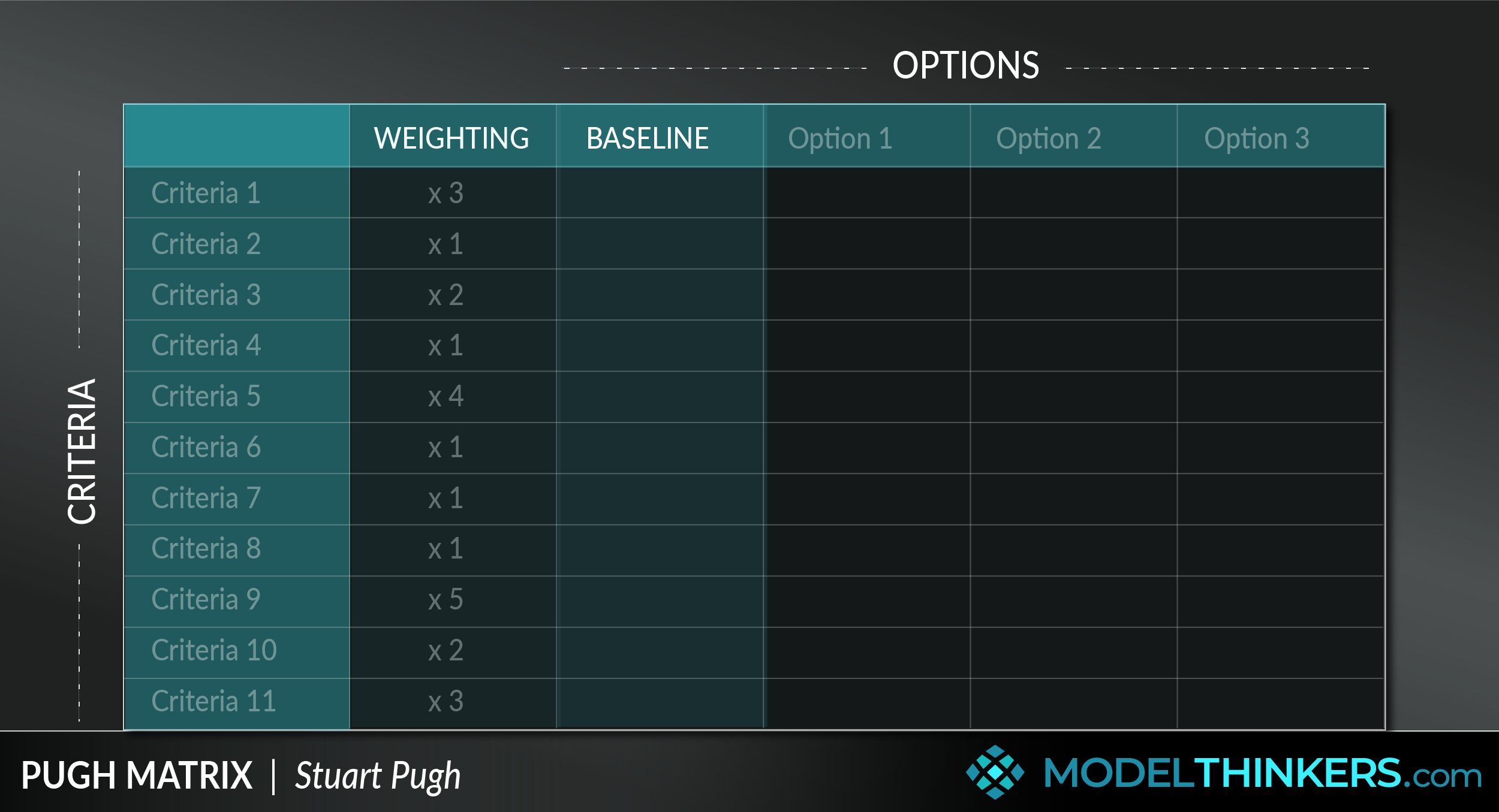

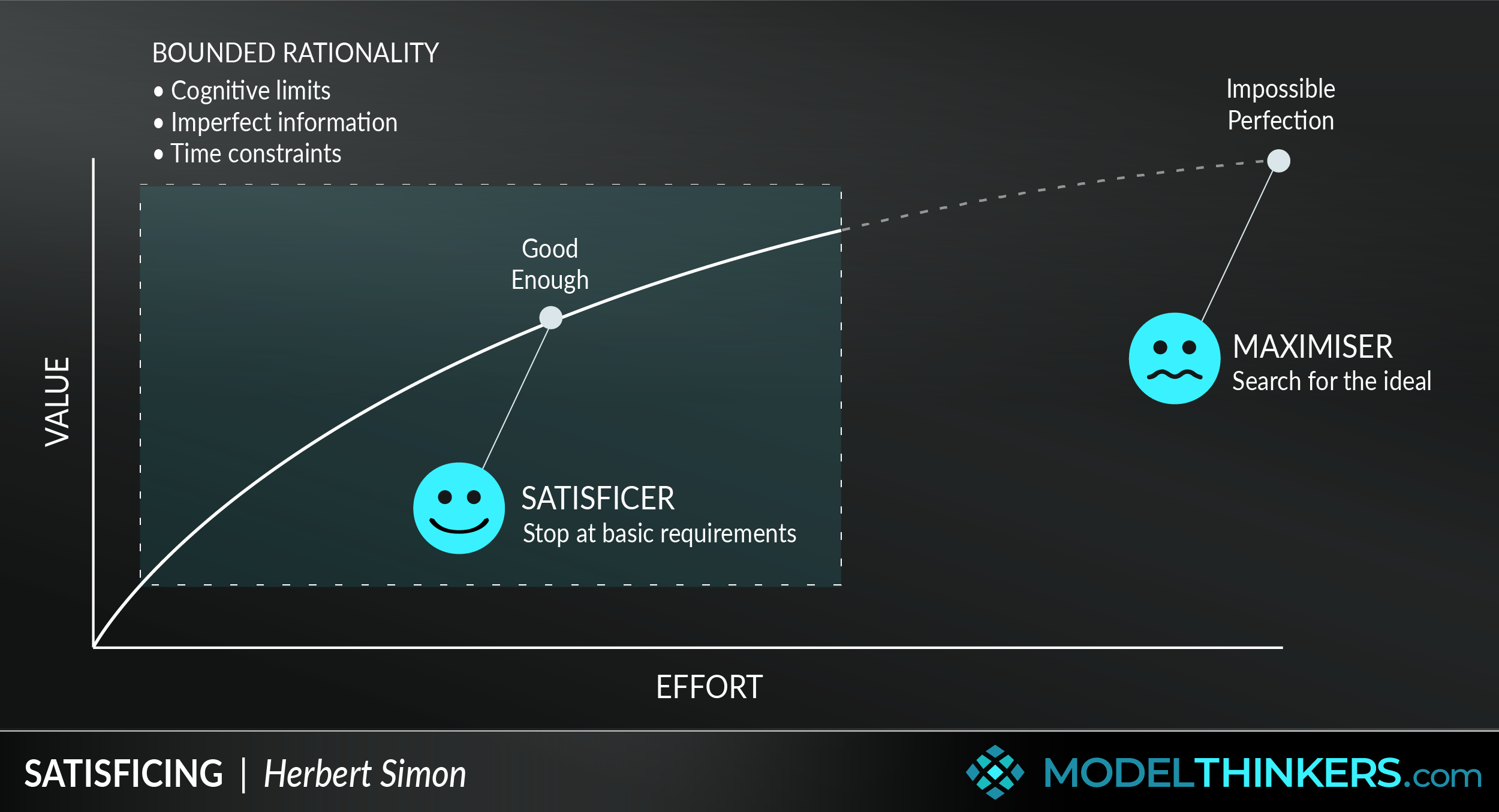
Premium content
Please do login or sign up to see premium contect
Subscription expired!
Please renew your subscription to access this feature.
 My Notes
My Notes























